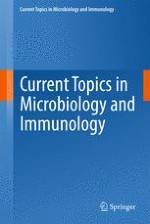
2015 | Online First | Buchkapitel
Long Non-coding RNA ANRIL and Polycomb in Human Cancers and Cardiovascular Disease
verfasst von : Francesca Aguilo, Serena Di Cecilia, Martin J. Walsh
Erschienen in: Current Topics in Microbiology and Immunology
Aktivieren Sie unsere intelligente Suche, um passende Fachinhalte oder Patente zu finden.
Wählen Sie Textabschnitte aus um mit Künstlicher Intelligenz passenden Patente zu finden. powered by
Markieren Sie Textabschnitte, um KI-gestützt weitere passende Inhalte zu finden. powered by